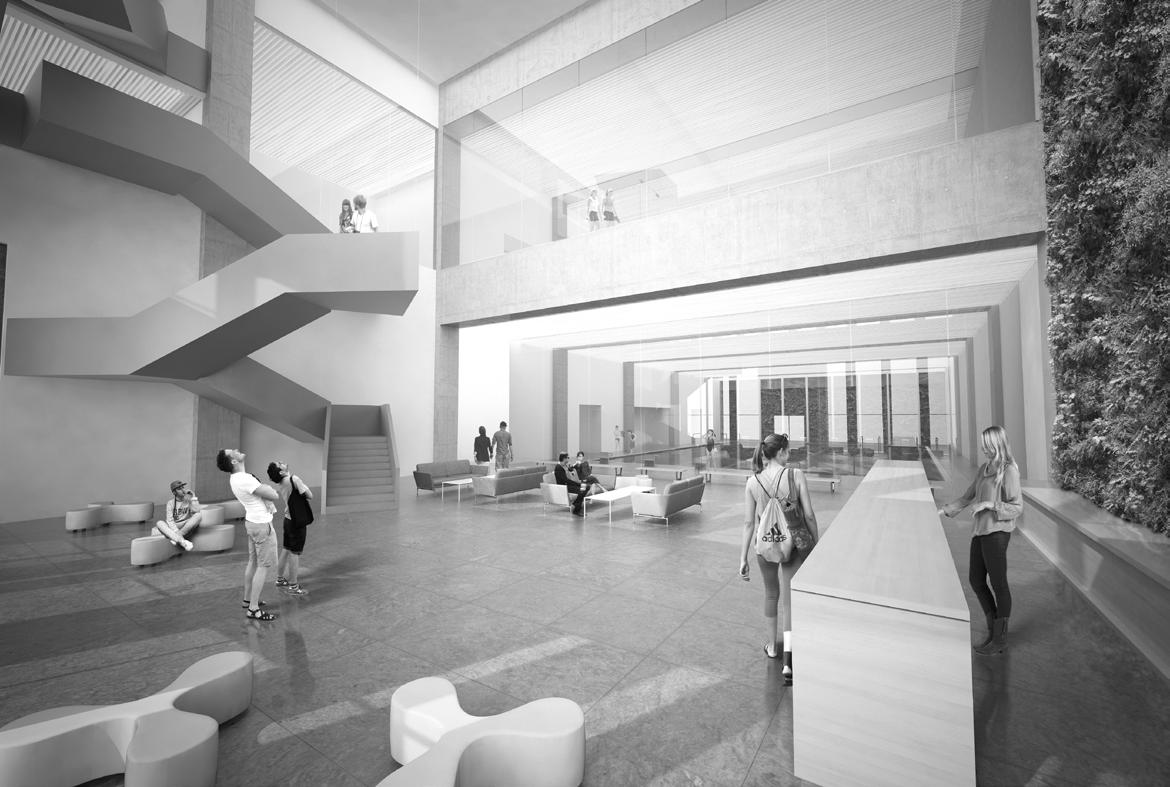Chapter II.
Urban Forms
Usefulness is an extremely wide issue. Here we talk about a concept that may have some interpretations in plenty of areas of architecture. In this manual we are going to explain this concept in three basic items from macro to micro, giving an interpretation also in a wider context. We can consider our buildings as cells of urban fabric, but in many or even most of the cases we find that places between buildings have a much important role than the buildings themselves. Most of the places between them are public, apt to be used for meetings and social gathering. In case of public buildings these urban places and spacial forms have a special emphasis. It is important to define them in the context of our buildings that will be designed. Discussing the formation, design and the historical aspect of public urban places go beyond architecture. Due to its social and historical aspects, public spaces are the most complex area of urbanism. While designing public buildings we have to join many different public spaces, but we can highlight three basic forms: 1)
Symbolic forms: free standing elements
2)
Closed forms: blocks of buildings
3)
Transitional forms: arcades
The free-standing point-like elements can be like signs, but on the other hand they can also create further differences of spacial units. Some building complexes which have a density similar to blocks show striking street-forming properties, and usually appear as closed masses. Arcades or transitional spaces can create transitions in the urban fabric. Building complexes with block-like density have prominent street-forming properties and appear typically as closed masses. The arcades or transitional spaces can create transition in the urban fabric.
31






